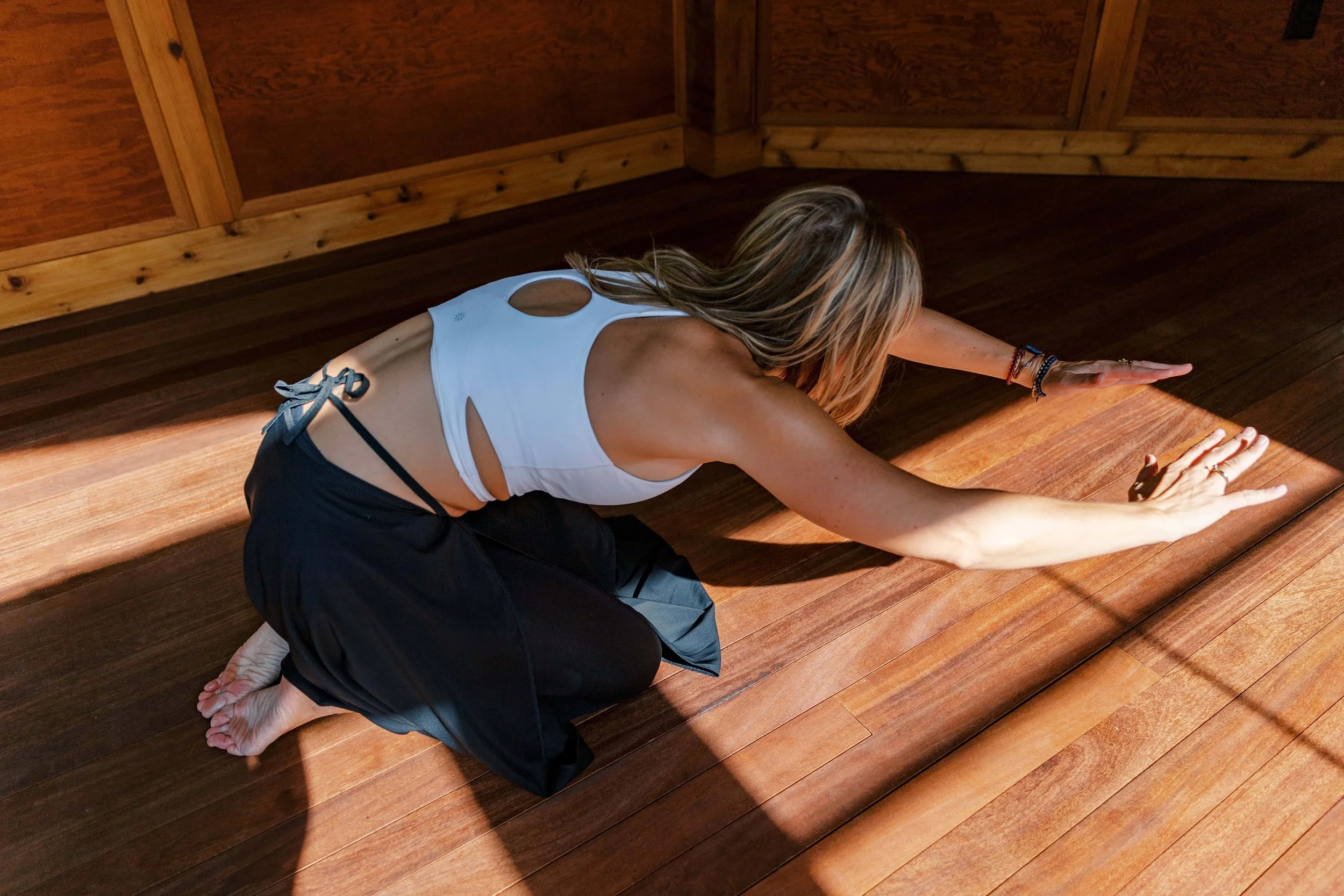Somatic Therapy for Anxiety: How I Found Relief Through the Wisdom of the Body
For most of my life, I lived in a cycle of high-functioning anxiety and persistent insomnia. I was the one who "looked fine" on the outside, but inside, my body told a different story—tight chest, shallow breath, racing thoughts at bedtime, and a nervous system constantly on high alert.
Traditional talk therapy gave me helpful insights, but something always felt incomplete. It wasn’t until I discovered somatic therapy for anxiety that I began to truly soften, rest, and feel at home in my own body. The missing piece? Learning to listen to the language of sensation and honor my body’s natural intelligence.
Somatic Therapy for Anxiety: What Is It?
Somatic therapy for anxiety is a body-based therapeutic approach that helps you regulate anxiety by tuning into and working with the physical sensations, movements, and impulses that live beneath the surface of your thoughts. Rather than staying in the mental realm, it brings your attention to the felt sense—the internal experience of your body in real time.
Rooted in Polyvagal Theory
According to Polyvagal Theory, approximately 80% of the nerve signals in our nervous system travel from the body to the brain, while only 20% travel from the brain to the body. This means your body’s internal states—tightness, tremors, breath patterns, heart rate—are actually shaping your thoughts and emotions more than the other way around.
In simple terms: you can’t "think your way" out of anxiety. You have to feel your way through it.
This understanding completely shifted my approach to healing. When I began addressing anxiety in my body through somatic practices, my mind started to follow—calming, regulating, and eventually resting.
How Somatic Therapy for Anxiety Works in Practice
1. Sensation-Based Awareness
The first step is learning how to slow down and notice the body’s cues: heat, tightness, constriction, fluttering, or pressure. These aren't just symptoms to "fix"—they’re messengers that want to be heard.
2. Supporting Regulation Through Movement and Stillness
We explore movements your body wants to make (even subtle ones like rocking or swaying), grounding practices, breathwork, and gentle touch to support nervous system balance.
3. Completing Survival Responses
Anxiety often results from incomplete stress responses stored in the body. Somatic therapy offers space for those impulses to complete in a safe and supported way—often resulting in immediate relief.
4. Co-Regulation and Relationship
In session, my presence helps regulate your system. Your nervous system doesn’t need to do this work alone—being witnessed and supported is a crucial part of healing.
Why Somatic Therapy for Anxiety Changed Everything for Me
For years, I felt like I was managing my anxiety, but never truly healing it. Once I began working somatically, I stopped feeling like my body was betraying me and started realizing it had been trying to protect me all along. The insomnia that had haunted me for years began to ease. My breath deepened. I felt calmer in everyday life. I no longer feared my body's signals—I had a relationship with them.
This is the gift of somatic therapy for anxiety: not a quick fix, but a deep return to safety and trust within.
My Approach to Treating Anxiety with Somatic Therapy
I offer trauma-informed somatic therapy for individuals navigating anxiety, chronic stress, nervous system overwhelm, and disconnection. Sessions are available both in-person in Pittsburgh and online.
Together, we’ll:
Build body awareness and capacity
Learn to track and shift nervous system states
Use gentle movement, breath, and stillness as healing tools
Work with imagery and inner resourcing to support regulation
Reconnect you to your own inner safety
Ready to Begin Your Somatic Therapy Journey?
If you're feeling the call to move beyond managing anxiety and into deep, body-based healing, I invite you to reach out.
Let’s explore what’s possible when your body is no longer the enemy—but the key to your freedom.
Book a free consultation or learn more at alyssajurewiczjohns.com.


